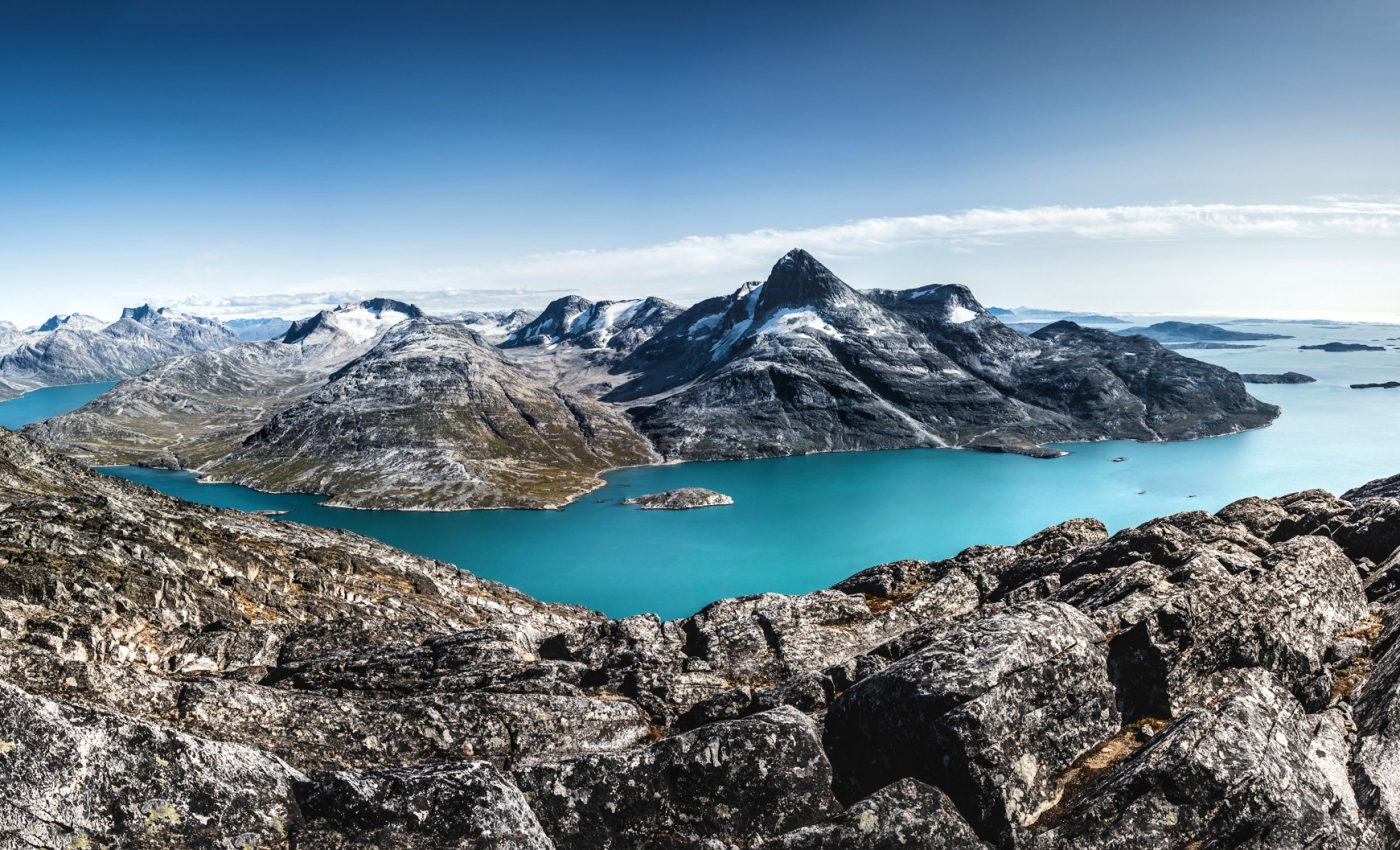
Extreme melt seasons change the behavior of ice sheets
In 2012, the Greenland Ice Sheet experienced intense surface melting which exceeded anything than had been seen in the satellite record in decades. Researchers at Stanford University recently set out to investigate the long-term impacts of the extreme melt season of 2012, and found that the event ultimately reduced the ice sheet’s ability to store future meltwater.
“When you have these extreme, one-off melt years, it’s not just adding more to Greenland’s contribution to sea-level rise in that year – it’s also creating these persistent structural changes in the ice sheet itself,” said lead study author Riley Culberg. “This continental-scale picture helps us understand what kind of melt and snow conditions allowed this layer to form.”
The extreme melt season was caused by unusually warm temperatures which were compounded by high atmospheric pressure over Greenland. This weather event was likely caused or intensified by climate change.
The Stanford team used a new approach to ice-penetrating radar data, revealing that extreme melt in 2012 left behind an adjacent layer of refrozen ice inside the snowpack, including near the middle of the ice sheet where surface melting is usually minimal. The formation of this melt layer has greatly reduced the storage capacity of the ice sheet.
Ice sheets that have not experienced extreme melt can store meltwater in the upper 150 feet, which prevents it from running off into the ocean. According to the study, the melt layer that formed after 2012 reduced meltwater storage capacity in some parts of the Greenland Ice Sheet to only about 15 feet.
“Normally we’d say the ice sheet would just shrug off weather – ice sheets tend to be big, calm, slow things,” said study senior author Professor Dustin Schroeder. “This is really one of the first cases where you can say, shockingly, in some ways, these slow, calm ice sheets care a lot about a single extreme event in a particularly warm year.”
Melting ice sheets and glaciers are the biggest contributors to sea-level rise, yet are also the most complex elements to account for in climate model projections.
On the Greenland Ice Sheet, meltwater that can no longer be stored may drain down to the ice bed, creating slippery conditions that speed up the ice and release chunks into the ocean – pushing up the sea level.
Greenland currently experiences change much more rapidly than the South Pole, but lessons from Greenland may still be applied to Antarctica when the seasons shift, said Professor Schroeder.
“I think now there’s no question that when you’re trying to project into the future, a warming Antarctic will have all these processes,” explained Professor Schroeder. “If we don’t use Greenland now to better understand this stuff, our capacity to understand how a warmer world will be is not a hopeful proposition.”
The study is published in the journal Nature Communications.
—
By Chrissy Sexton, Earth.com Staff Writer













